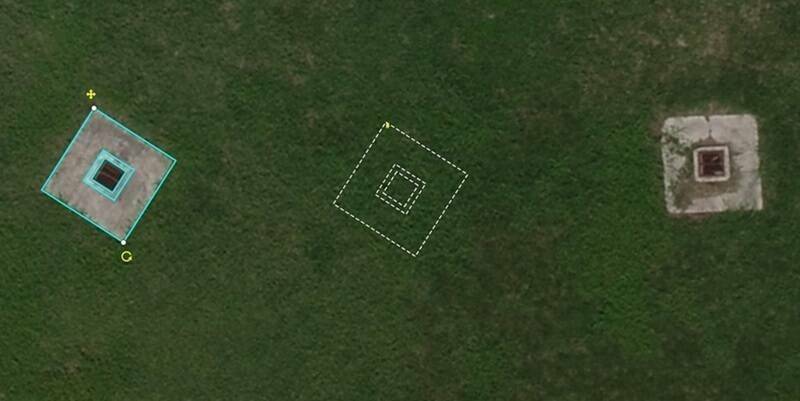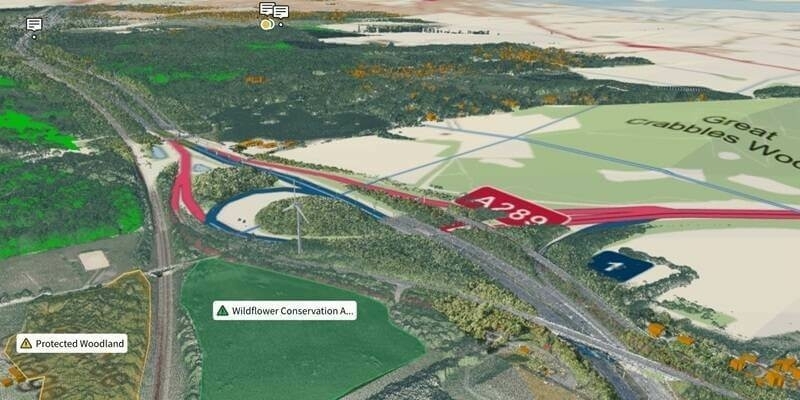Reputed as Cross-border Innovation Index in China’s geospatial information industry and themed with New Space Economy Era, WGDC2019 gathered top experts, leaders from application departments, representatives of institutions and enterprises, investors and media in the field, who delivered 50+ reports and 10+ panel discussions, covering commercial aerospace, real sense 3D, G-TECH, high-precision maps and auto drive, land and space planning, smart city and digital government and others, revealing the new space economy era under the backdrop of integration of science and technology as well as industrial integration.
Opening Ceremony
Geospatial information industry has been rapidly and deeply integrating with cloud computing, big data, AI, IoT and other related technologies in the era of digital economy. Geospatial information has nurtured new and diverse geospatial information businesses and promoted the reconstruction of industrial chain along its course of self development.
In the opening ceremony, leaders from political, academic and business field shared their understanding on geospatial science and technology driving future economy, which illustrates geospatial data’s continuously expanding value and potential. Baidu, Tencent, Alibaba, Huawei, Xiaomi, Inspur and other tech giants have entered the arena in recent years. As Liu Song, VP of Alibaba Group mentioned in his speech, industrial upgrading has experienced the recording, distributing and cognitive revolution one after another from informatization age to consumption Internet age and then to industrial Internet age. It is of no doubt that the integration of substantial economy and digital technology will lead the way.
Trends Report on 2019 China’s Geospatial Industry, a joint effort by Taibo Research and Z-ventures, is released in the opening ceremony. Chuang Tao, president of Z-ventures, founder of Wayz.ai and consultant of Taibo Research, interpreted the report from perspectives of users, technology, market and capital. “AI traffic will grab the relay baton from internet traffic to be the drive force of global technology market value.” According to his prediction, the scale of core industry of AI in 2019 will exceed RMB57 billion. AI will drive the emergence of new markets of geospatial information industry and the real internet era of this industry is about to come.
Parallel Sessions
Seven parallel sessions, which are commercial aerospace, real sense 3D, G-TECH, high-precision maps and auto drive, land and space planning, smart city and digital government and first industry chain trade fair are held within the two days.
Of all the geospatial information companies, there are no companies who are working as hard as remote sensing companies. Wen Xu, director of China Center for Resource Satellite Data and Application, notes that among “communications, navigation and remote sensing”, communications and navigation themselves are data transmission or direct application, thus the high level of commercialization, however, it is only of the very first step to acquire images, thus the slow commercialization of remote sensing.
One commercial aerospace report is released in the commercial aerospace summit, which states the diversity of remote sensing business models globally. All the business models are intended to solve the “slow, expensive and difficult” problems. Fuhu Ren, executive director of Cooperative Innovation Center of Spatial Big Data mentioned that cloud computing will contribute to solving above problems.
The first geospatial information industry chain trade fair is held with a complete success. One representative from a smart city service provider in Guangdong said, “I was surprised that we were hit by a three million intention order at the first round of talk.” Only representatives above VP level are admitted to attending this session.
Closing Ceremony
Chenghu Zhou, academician of Chinese Academy of Sciences pointed out that the new GIS era requires leapfrogging development. Related technology, domain category, application demand and service mode shall jointly promote the development of science, technology and application of geospatial information. The acquisition, analysis, service and application of geospatial information have entered the three-dimensional dynamic era, big data intelligence era, holographic map era and the all space era.
Zhang Yi, director of the Wireless Positioning Capability Center of Huawei stresses that the connection of everything serves as the basis for 5G industrial development in an intelligent society. According to GSMA, the number of industrial Internet connections in the world will reach 13.8 billion by 2025, among which the number of connections in Greater China will be about 4.1 billion, accounting for almost one third of the global market. Considering its characteristics of short delay, high reliability and large bandwidth and nature of ubiquitous perception, connection and intelligence, 5G will become the key element for building industrial Internet system.
Xin Chen, director of High Level Auto Drive Engineering Department, Here Technologies summarizes that the maps of next generation will be high-precision, multi-dimensional, dynamic, large-scale and quantitative. In order to achieve this, data acquisition, analysis and extraction, training and execution are the essential factors.
CIMC Leo Satellite IoT Industrial Park in Shenzhen and Taibo reached a strategic partnership and signed a strategic cooperation agreement. The awarding ceremony of Best of WGDC2019 is also held in the closing ceremony.
Subscribe to our newsletter
Stay updated on the latest technology, innovation product arrivals and exciting offers to your inbox.
Newsletter

